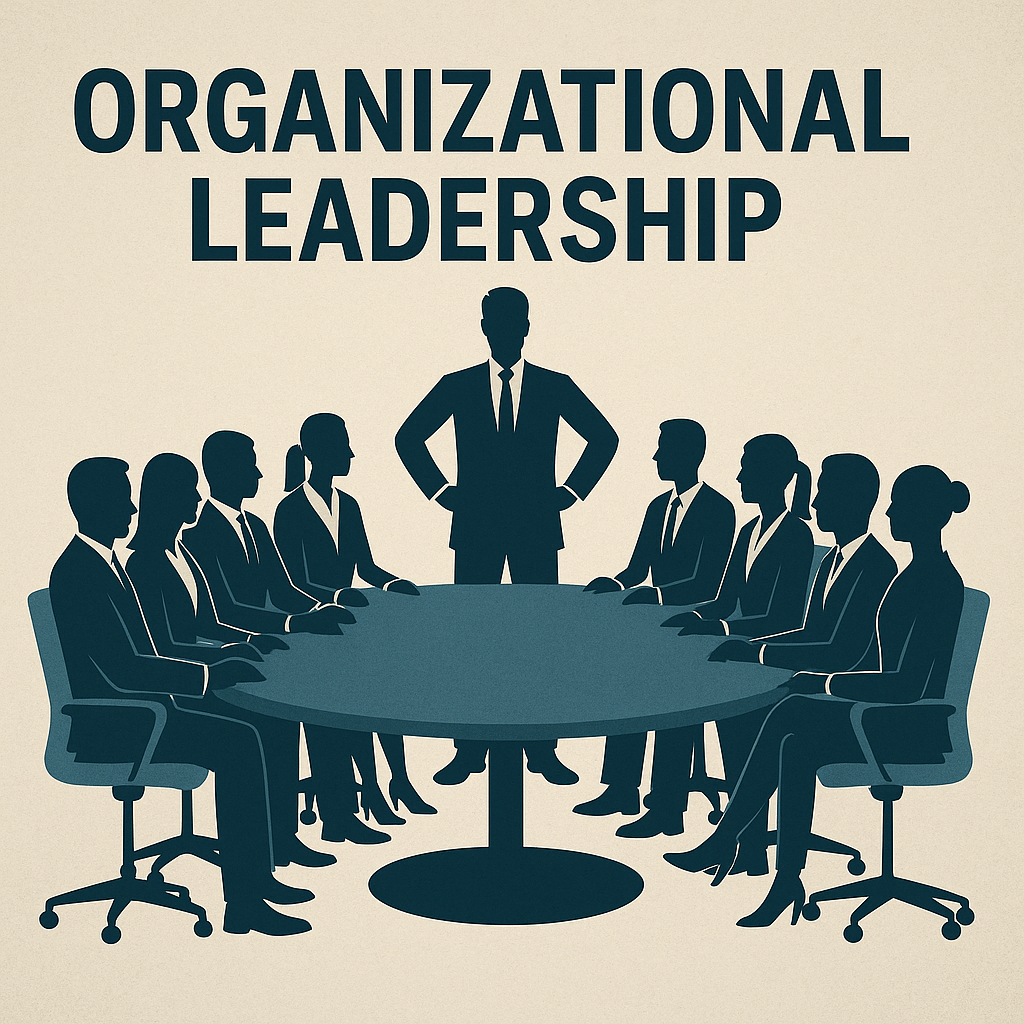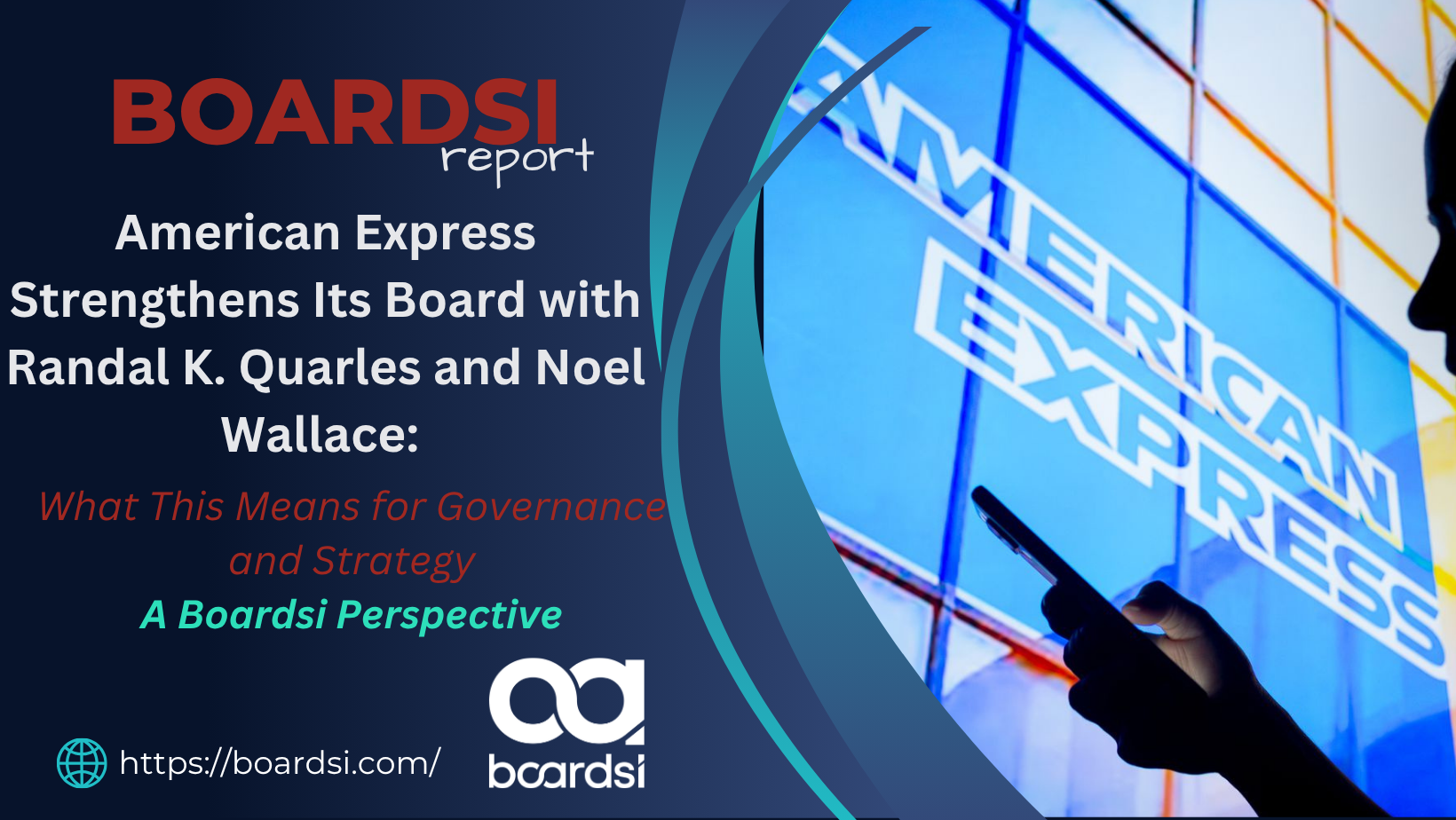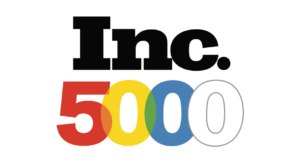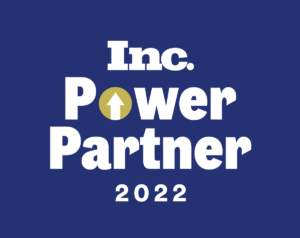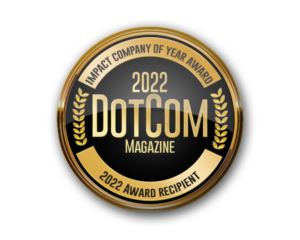In today’s digital-first world, executive presence isn’t just about how you lead in the boardroom—it’s about how you show up online. The modern leader must master the art of digital influence to build credibility, attract opportunities, and maintain a competitive edge.
Whether you’re an executive, founder, or industry expert, your digital footprint is now a direct reflection of your leadership brand. Potential investors, board members, and key stakeholders don’t just look at resumes or LinkedIn profiles anymore—they Google you. And if your online presence isn’t carefully crafted, you may be missing out on critical opportunities.
So how can you enhance your executive presence in the digital age? Let’s break it down into a step-by-step strategy to position yourself as a thought leader, industry authority, and digital powerhouse.
1. Define your executive brand
Before you build an online presence, you need clarity on your personal brand. Ask yourself:
- What are the core values that define your leadership style?
- What industry expertise do you want to be known for?
- What is your unique perspective that differentiates you from others?
Your brand identity should be consistent across all digital platforms, whether it’s LinkedIn, a personal website, guest articles, or media interviews. The most successful executives are intentional about the image they project online.
Pro tip: Develop a personal branding statement that summarizes who you are, what you do, and why it matters. This will be the foundation for all your digital content.
2. Optimize your LinkedIn profile for maximum impact
LinkedIn is no longer just a networking tool—it’s a powerful thought leadership platform. Your LinkedIn profile is your digital business card, and a well-optimized profile can elevate your authority in your industry.
Must-haves for a strong LinkedIn presence
- Professional profile photo: A high-quality, business-appropriate headshot.
- Compelling headline: Go beyond your job title. Highlight your expertise or mission.
- About section: Tell a story. Share your leadership journey, values, and vision.
- Featured section: Showcase media appearances, speaking engagements, or articles.
- Content strategy: Regularly share insights, trends, and thought leadership content.
- Engagement: Comment on industry discussions, support peers, and build relationships.
Pro tip: Posting twice a week with strategic, insightful content can significantly boost your visibility and credibility on LinkedIn.
3. Establish thought leadership through content creation
If you want to stand out as an industry leader, you must create content that positions you as an expert. Thought leadership isn’t just about sharing updates—it’s about providing value and starting conversations.
Key ways to build thought leadership online
- Write LinkedIn articles and posts: Share industry insights, leadership lessons, and business strategies.
- Publish on third-party sites: Contribute articles to Inc., Fast Company, or industry-specific publications.
- Leverage video content: Short-form videos on LinkedIn, YouTube, or even TikTok can showcase your expertise.
- Start a newsletter: A personal newsletter can engage your audience on a deeper level.
- Join podcasts and webinars: Position yourself as a thought leader through interviews and panel discussions.
Pro tip: Repurpose your content across multiple platforms to maximize reach. A single LinkedIn post can be expanded into an article, shared as a video, and discussed in a podcast.
4. Build a strong digital reputation and media presence
How to strengthen your online authority
- Create a personal website: Showcase your bio, speaking engagements, media mentions, and blog content.
- Get featured in media: Secure interviews with industry publications, guest articles, or TV appearances.
- Engage in public speaking: Conferences, TEDx talks, and virtual summits can boost your credibility.
- Claim your name: Secure your domain name (e.g., YourName.com) and social media handles to establish authority.
Pro tip: Partner with a PR firm or branding agency to strategically place your name in high-impact media outlets.
5. Leverage AI and automation for smarter networking
Executives often struggle with time constraints, making it hard to consistently engage online. Fortunately, AI and automation tools can streamline your digital presence.
Time-saving strategies for executive branding
- Use AI for content creation: Tools like ChatGPT can help draft ideas for LinkedIn posts, articles, and newsletters.
- Schedule posts in advance: Platforms like Hootsuite, Buffer, and LinkedIn’s scheduling tool can keep your profile active.
- Set Google alerts for your name: Stay informed about media mentions and industry trends.
- Automate LinkedIn engagement: Use AI tools to suggest relevant conversations and connections.
Pro tip: While automation helps, ensure you still engage authentically. Thought leadership isn’t just about posting—it’s about conversations.
Final thoughts: Elevate your influence, one step at a time
Your executive presence in the digital age is more than just a LinkedIn profile or a personal website—it’s about how you lead, communicate, and engage with your audience online.
Executives who actively shape their digital identity are the ones who attract opportunities, build strong networks, and establish themselves as thought leaders.
Start small. Refine your LinkedIn profile, publish an article, or engage in a relevant industry discussion today. Over time, these actions will compound, strengthening your influence and positioning you as a leader in your field.
Your brand isn’t just what you say—it’s what the world sees. Make it count.
#ExecutivePresence, #DigitalBranding, #PersonalBrand, #ThoughtLeadership, #LinkedInTips, #OnlineReputation, #LeadershipBrand, #ContentStrategy, #AIForExecutives, #ProfessionalGrowth, #DigitalInfluence, #BrandBuilding, #SocialMediaStrategy, #ExecutiveBranding, #NetworkingTips, #ModernLeadership, #ReputationManagement, #BusinessLeadership, #ContentMarketing, #PersonalWebsite



